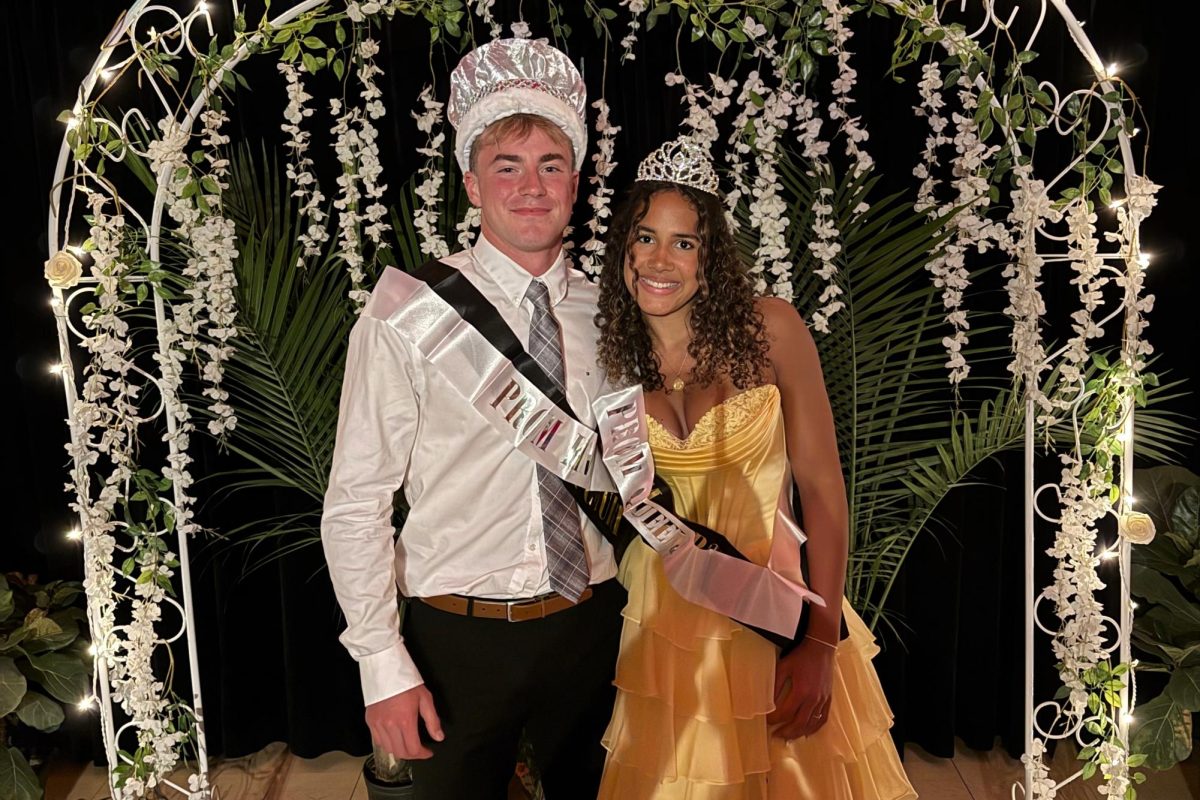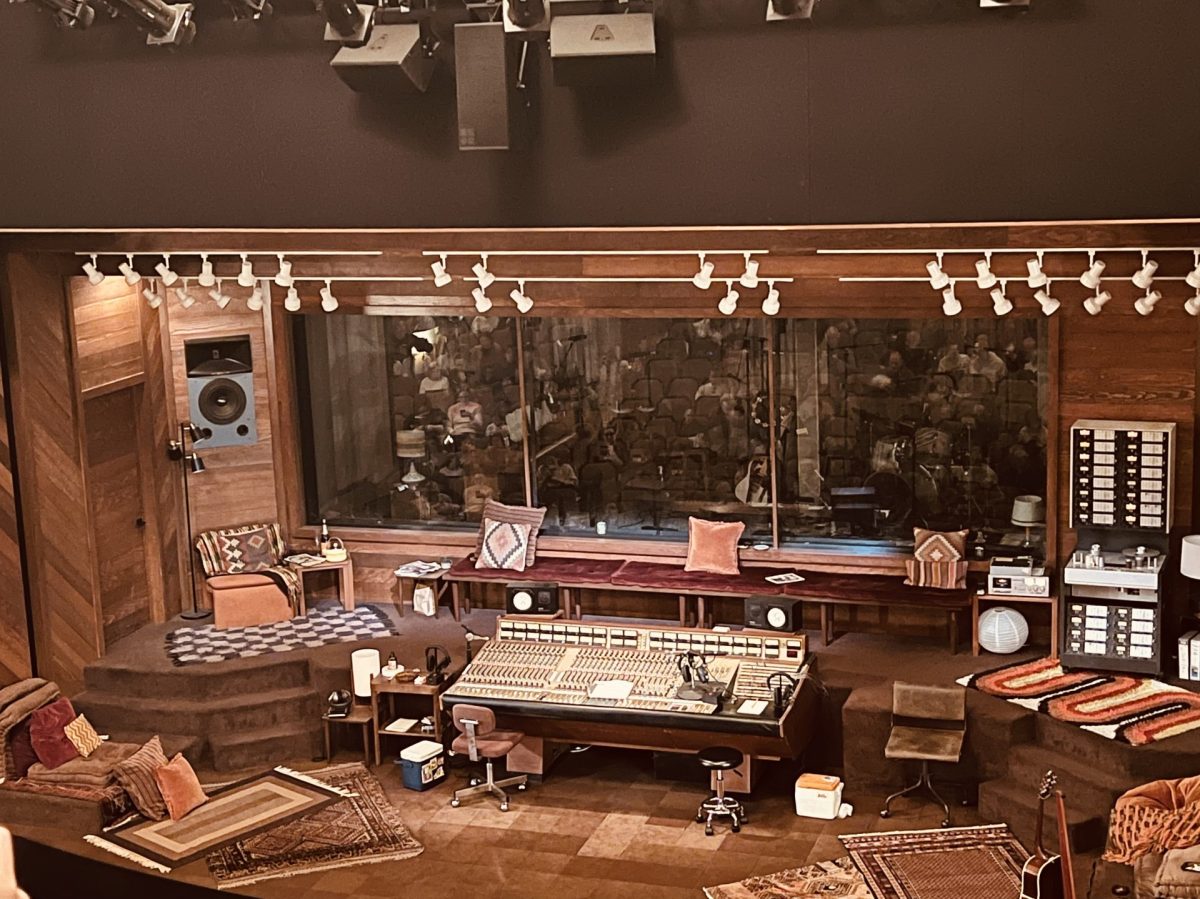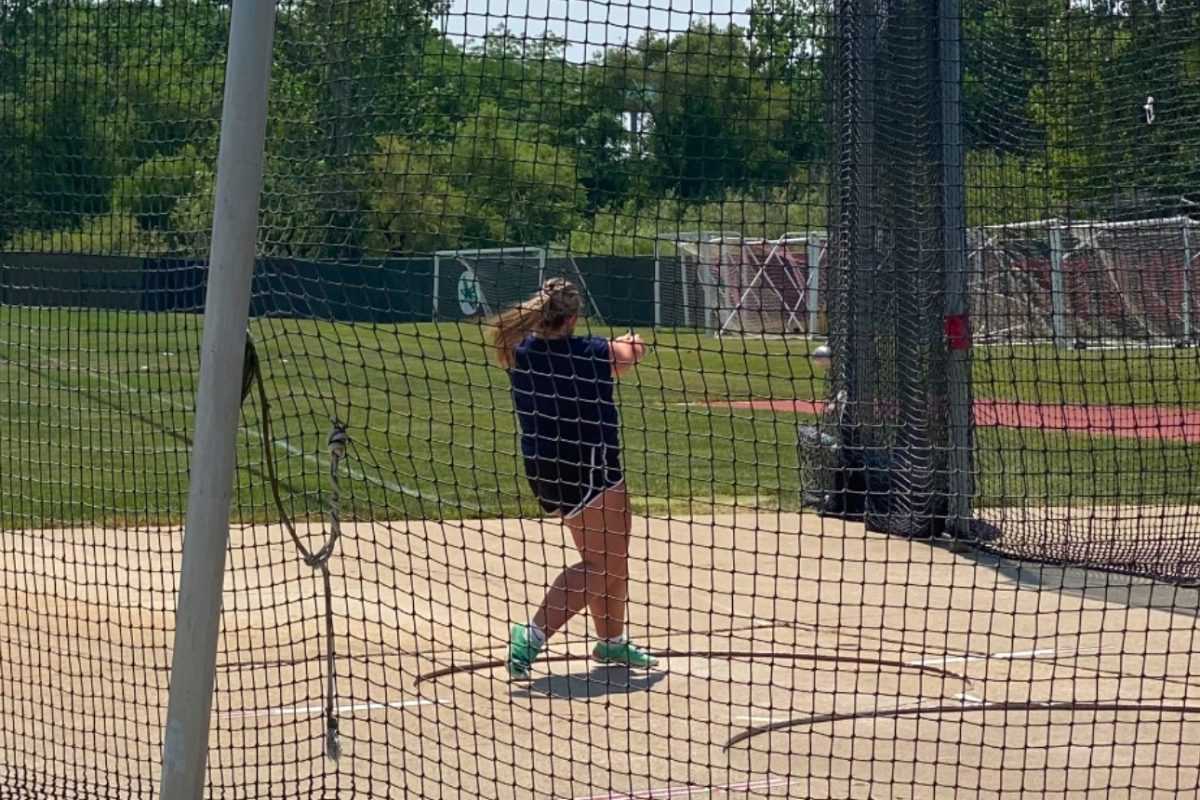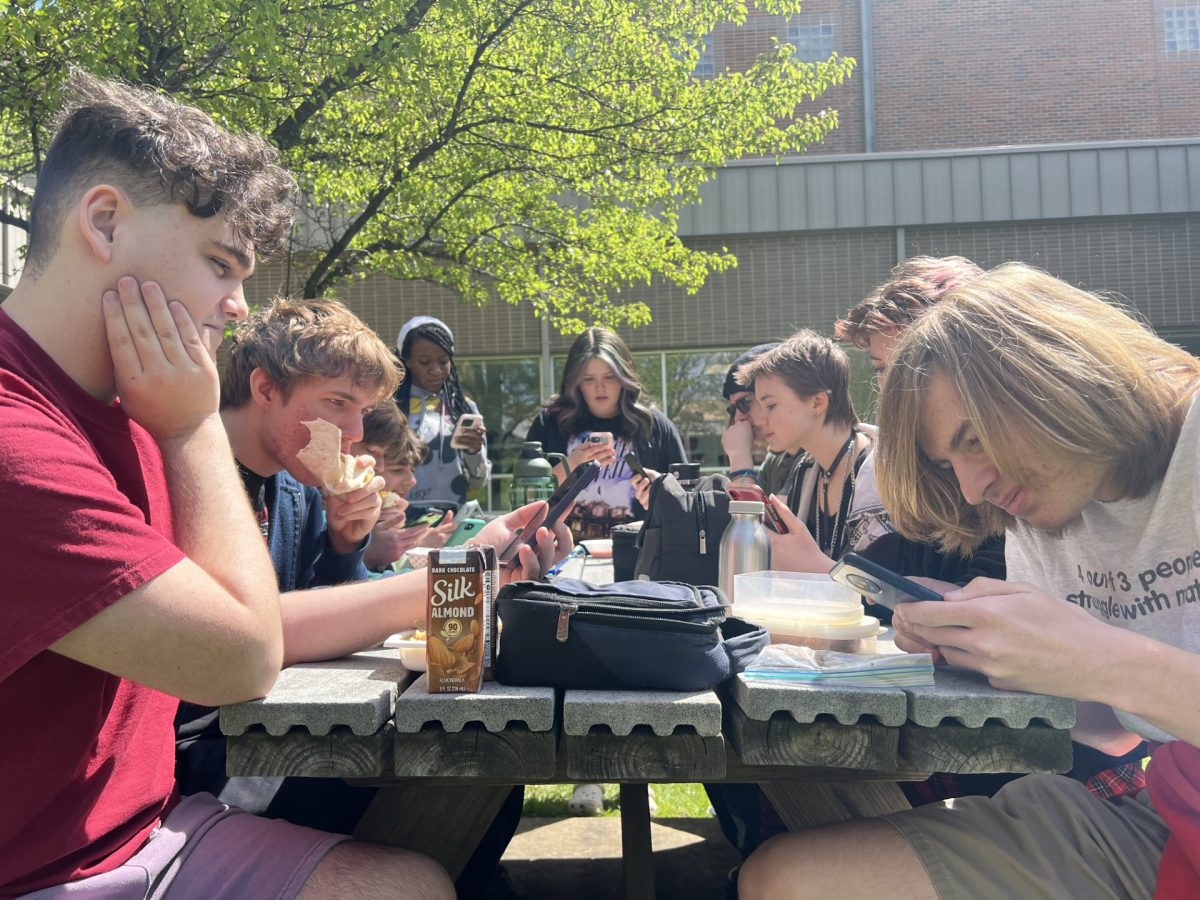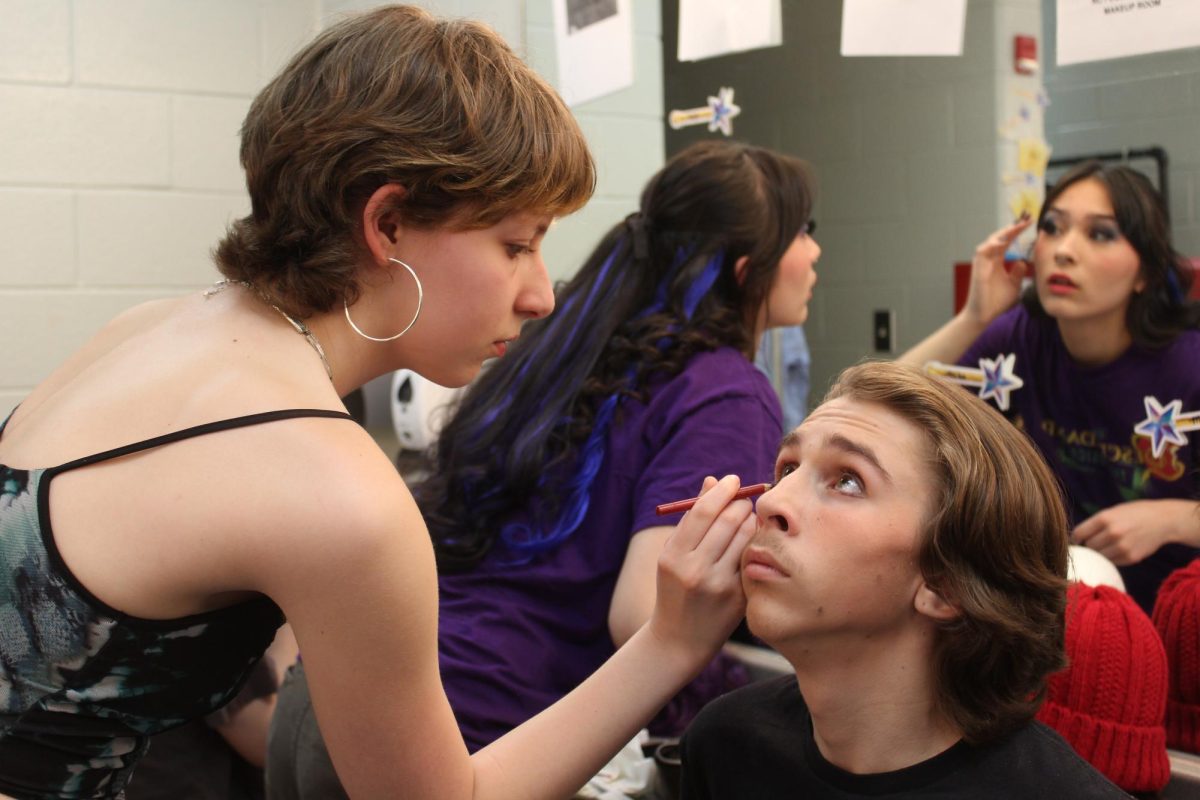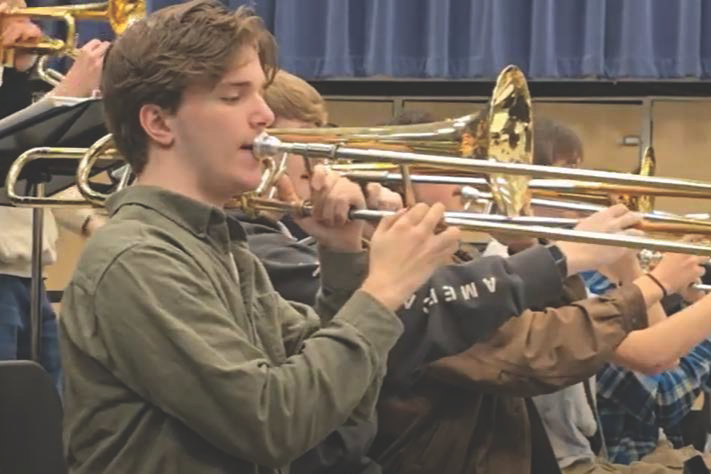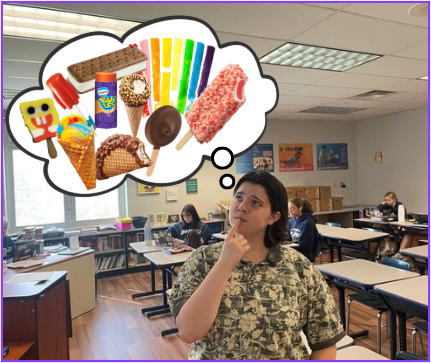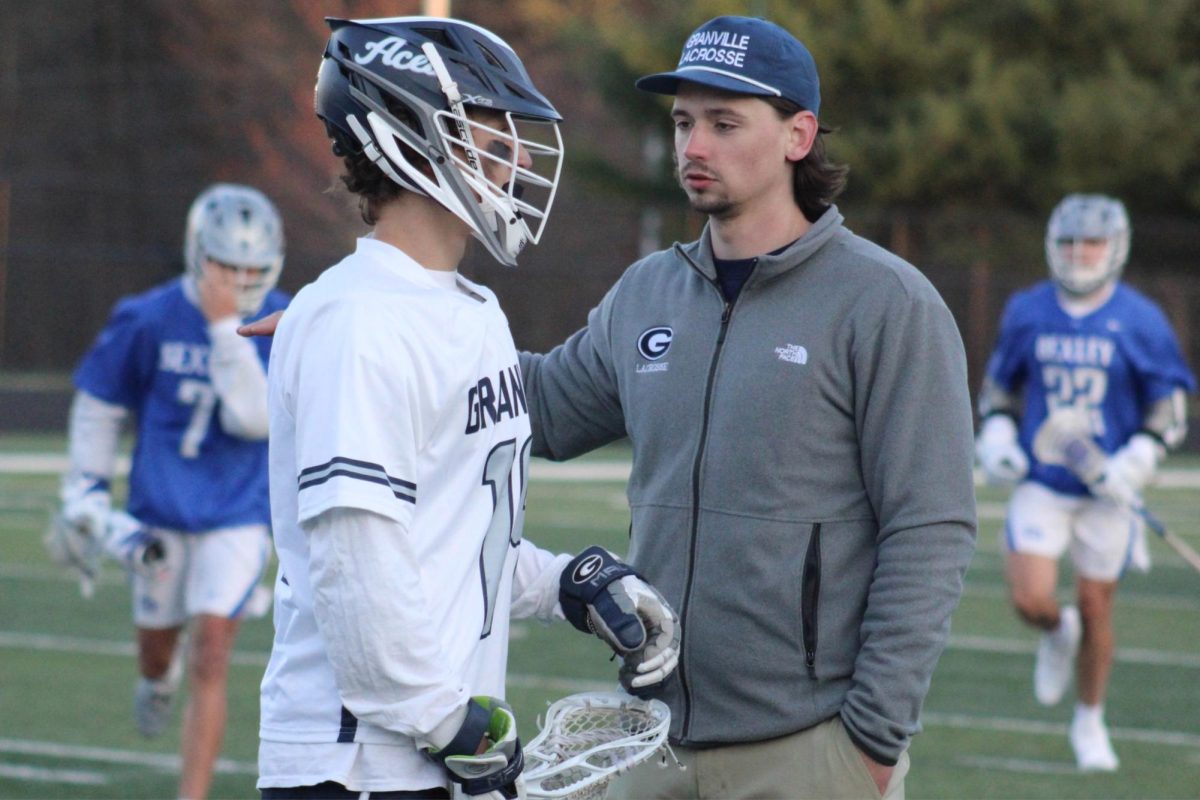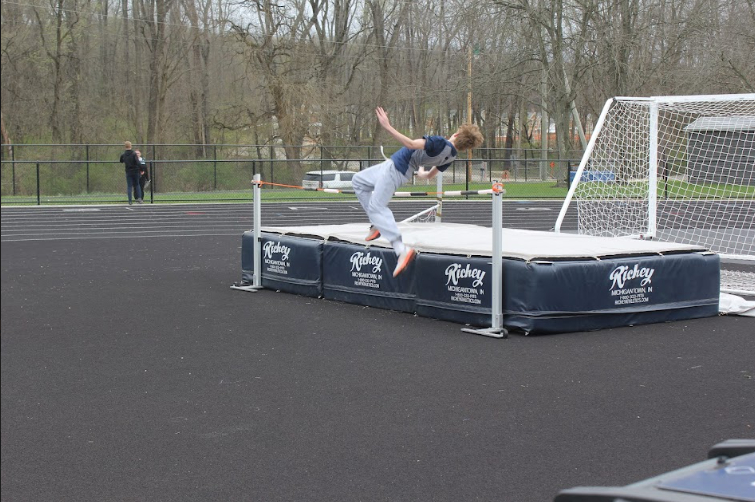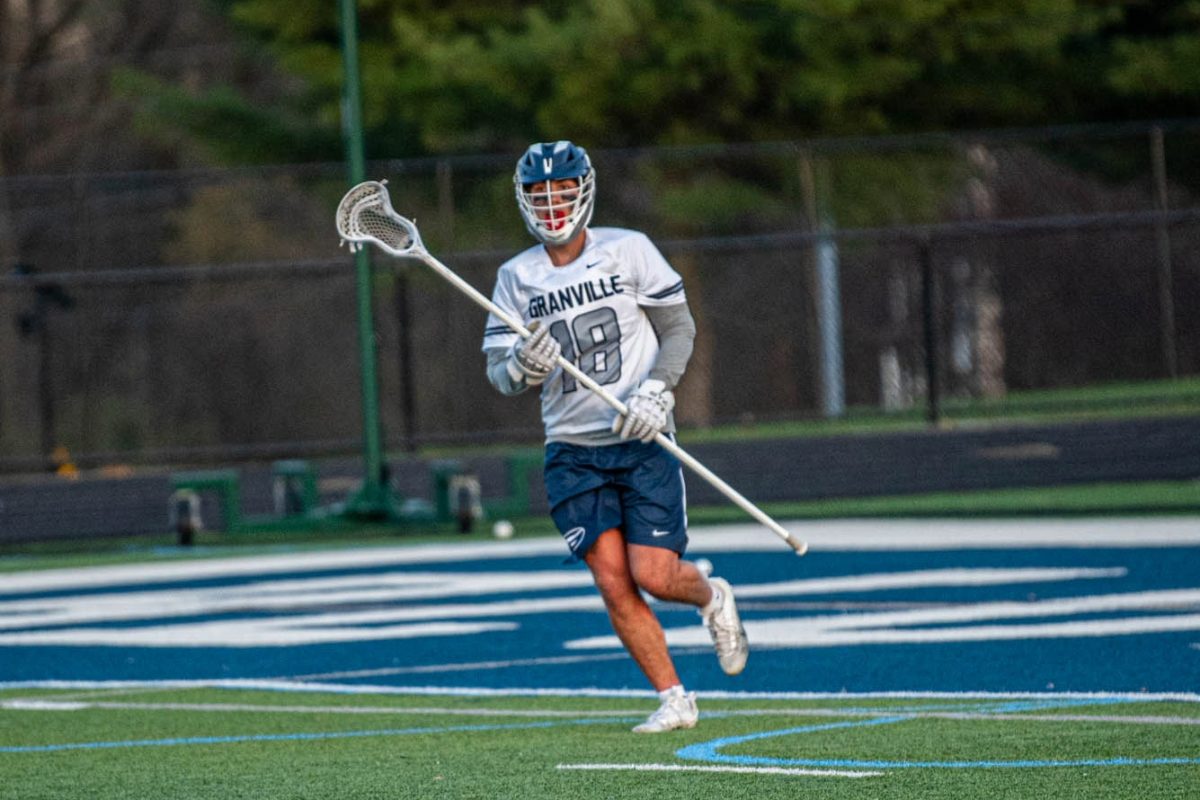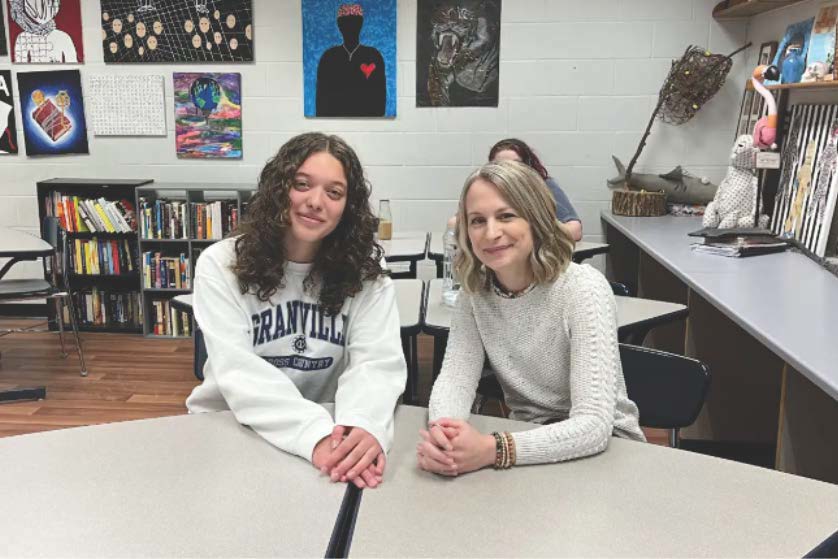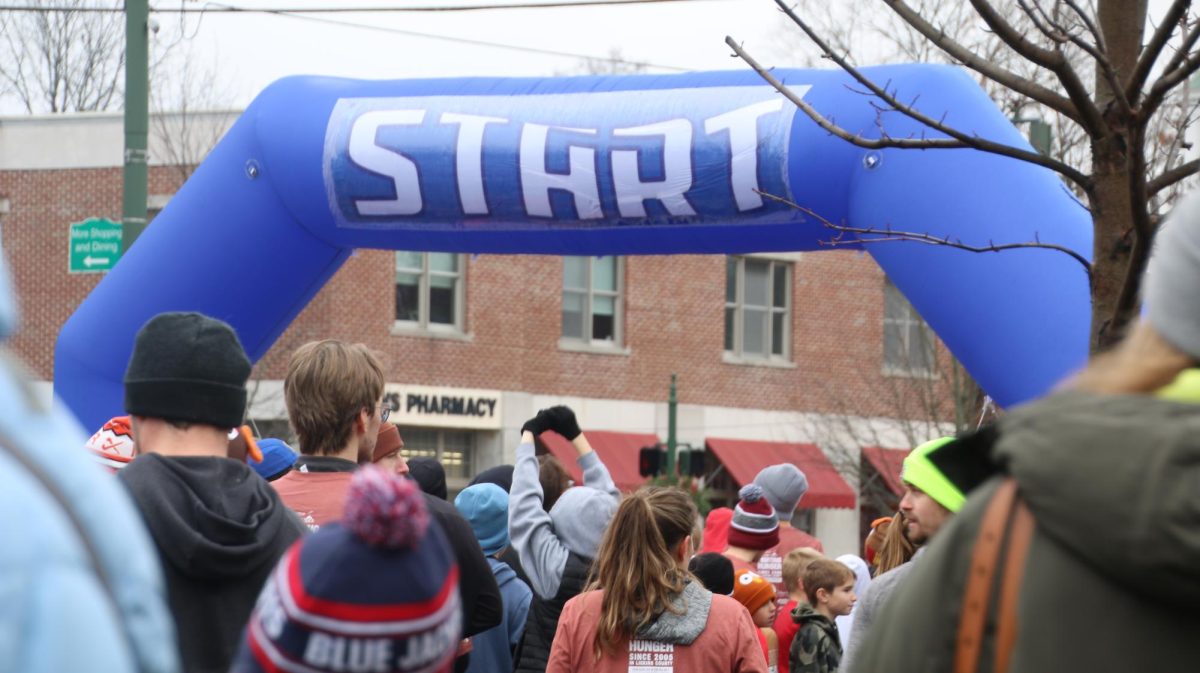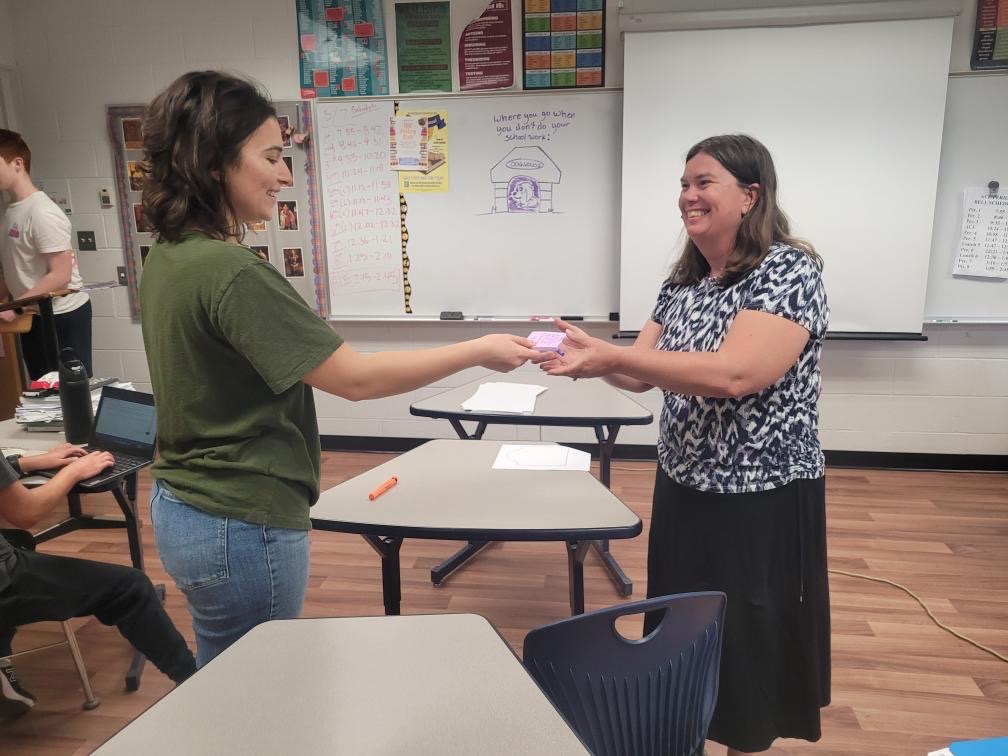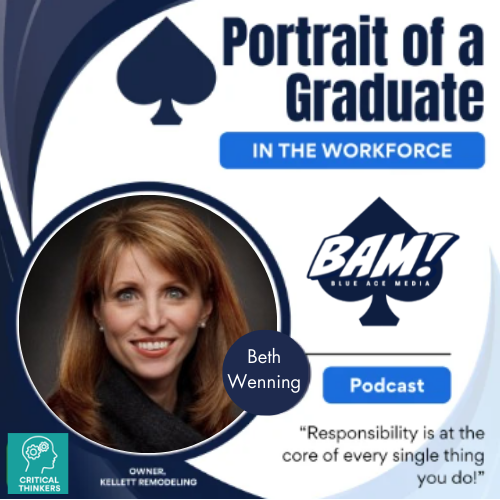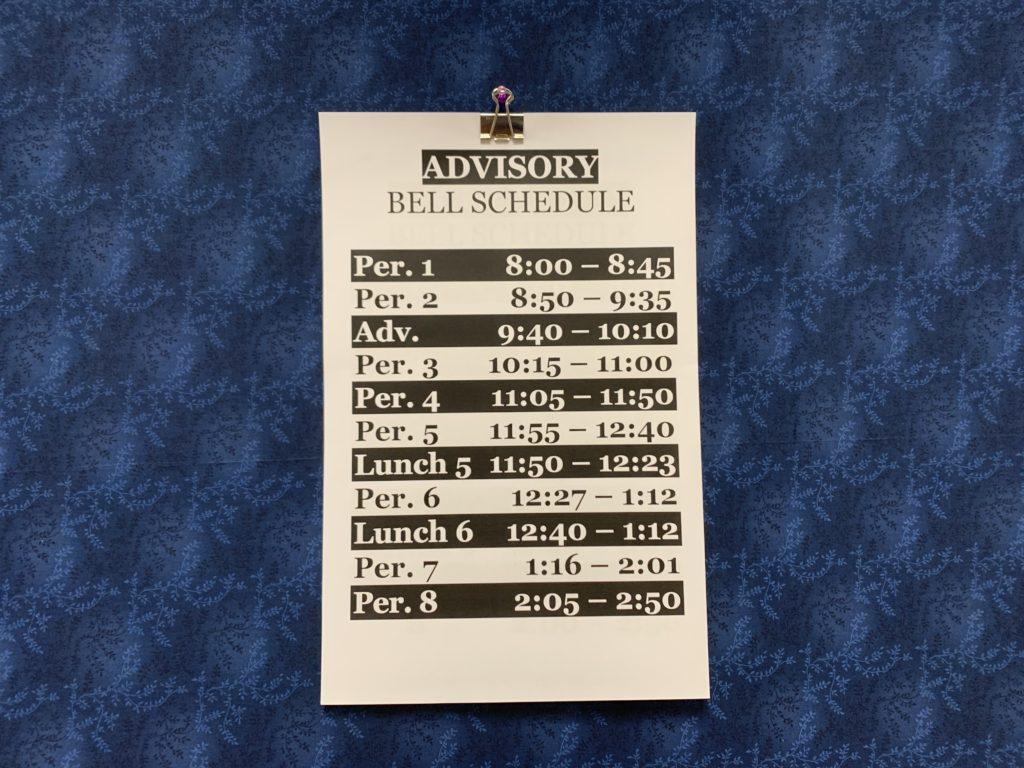The school board is constantly brainstorming for ways to improve curriculum, as well as student life. This year, principal Matt Durst and assistant principal Scott Carpenter wanted a way for students to get extra study time in their busy lives. The most recent change to the school day this year is the advisory period.
Although it has great intentions, it has caused mixed emotions and people are curious to wonder what the point is. The idea was to build in 30 minutes of extra study time and give students a chance to reach out to teachers for help. This would allow students to get work done, leaving them less to do outside of school. Aware of how busy high school can be, they created this period to hopefully lighten the load.
However, this is not being executed the way it might have been intended. Currently, the advisory schedule is only occurring once a month. In order for the idea to become a working success, it needs more structure and more frequency. If the special schedule continues to occur so infrequently, the students will not create a relationship with the adviser, nor will it be productive.
Many schools have a system similar to this, but they meet with their adviser at least once a week, with some meeting every day for more specialized studying. A weekly meeting would mean 36 get-togethers, whereas a monthly meeting would lead to, at most, nine gatherings. Other schools have a procedure close to this and it works great due to the relationships the students have with faculty.
If it continues to only be once a month, students will not be able to utilize their time. The 30-minute work period is not enough time in an entire month. For example, student mentors have a daily class period with students. The freshmen eventually feel comfortable with their mentor and are able to ask daily questions.
This is not to say the idea should be scrapped, only tweaked. A 30-minute period, if set aside weekly, has the opportunity to grow students and enhance their learning skills. Freshmen would have the same adviser for all four years, which can create a relationship that provides students with somebody to talk to. When they’re seniors, it would be another strong candidate to write a recommendation letter. The students have busy lives, but so do the teachers. It can be hard to make time to meet with a teacher or even ask a question during a regular school day. This period opens up 30 minutes where any teacher in the building is available to answer questions.
This idea has a lot of room to grow and it can be very effective and positive for students. The current way that it is set up is not working out, and there will be no outcome. For the advisory period to be successful it needs to have more of a foundation and people need to know exactly what it is. People, and even faculty, are very confused as to what is supposed to take place during this period. According to some people, it is for studying and extra work. According to others, it is a time to meet with advisers and discuss mental health and other struggles students face. The school board is wise to put forth the effort to help foster a new idea for our school. Now they need to set aside more time to make it more effective.




